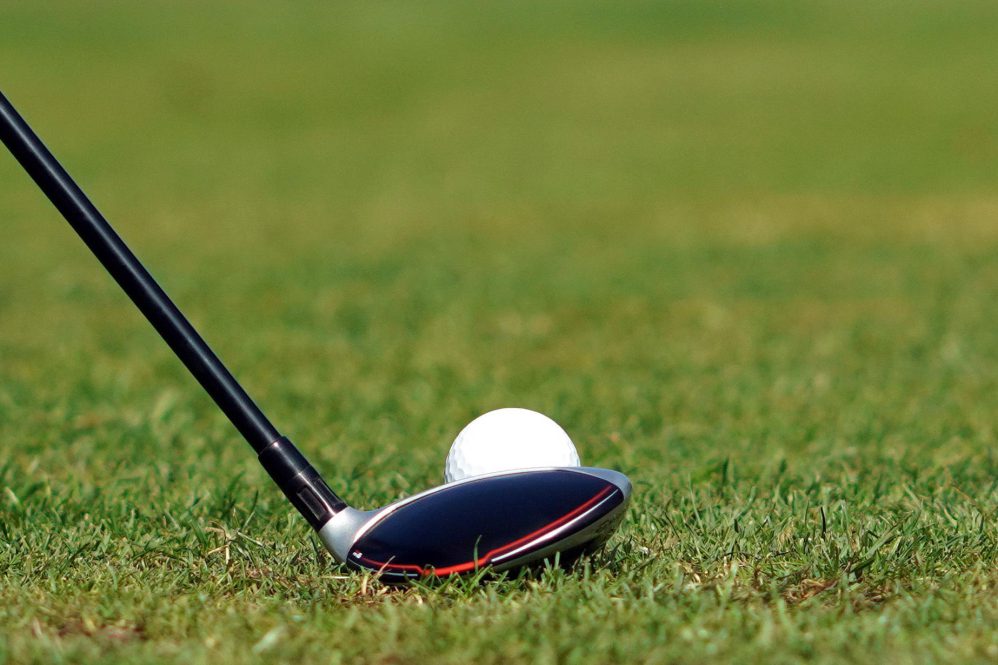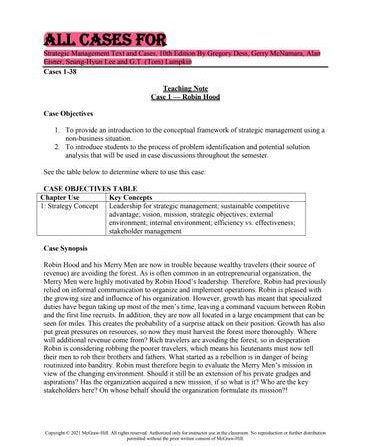Golf, a sport steeped in tradition, has undergone significant transformations in recent years, including a growing emphasis on physical fitness. This article delves into the contemporary trends in golf fitness, exploring the innovative approaches and evidence-based practices that are revolutionizing the sport. By enhancing performance and promoting longevity, these trends have the potential to elevate the game of golf to new heights while safeguarding the well-being of its participants.
Significance of Golf-Specific Fitness: Promoting Optimal Performance
Golf-specific fitness is paramount for golfers of all levels, offering a plethora of benefits that enhance performance and longevity:
Improved Swing Mechanics: Targeted exercises strengthen the muscles responsible for executing a powerful and controlled swing. This optimizes clubhead speed, distance, and accuracy, enabling golfers to maximize their potential on the course.
Reduced Risk of Injury: Golf is a physically demanding sport, and improper technique can lead to common injuries. Golf-specific fitness develops the stabilizing muscles around joints and improves flexibility, thereby reducing the risk of strains, sprains, and other debilitating conditions.
* Enhanced Endurance and Power: Long rounds and undulating terrain can test golfers’ physical stamina. Strength and endurance training tailored to the specific demands of golf enables players to maintain their peak performance levels throughout the course without compromising accuracy or distance.
Enhancing Mobility and Flexibility for Increased Range of Motion
Optimising mobility and flexibility is paramount in golf, fostering improved swing mechanics, ball striking consistency, and injury prevention. Effective stretching routines, foam rolling, and dynamic warm-ups enhance muscular elasticity and joint range of motion. Incorporating flexibility exercises into regular fitness regimens promotes increased mobility, aiding in the execution of complex golf movements.
Consider the following tips for enhancing mobility and flexibility:
- Stretching: Engage in regular static and dynamic stretching exercises to improve muscle extensibility and reduce tension. Target key muscle groups involved in the golf swing, such as the hamstrings, quadriceps, calves, and shoulders.
- Foam Rolling: Utilise foam rolling techniques to release myofascial tension and enhance muscle recovery. By applying gentle pressure to trigger points, foam rolling helps alleviate muscle soreness and promotes flexibility.
- Dynamic Warm-Ups: Perform dynamic stretching and warm-up exercises prior to golf rounds to prepare the body for the strenuous movements involved. These exercises gradually increase blood flow and temperature, enhancing mobility and reducing the risk of injuries.
As with any fitness program, it’s essential to consult a qualified professional to ensure proper technique and avoid overexertion. By incorporating these simple yet effective strategies into your fitness routines, you can significantly enhance your mobility and flexibility, leading to improved range of motion and overall golf performance.
Building Strength and Power for Effective Swing Mechanics
To master the technicalities of golf, golfers require a combination of strength and power. Contemporary golf fitness delves into exercises that enhance these attributes, promoting optimal swing mechanics.
Core and Rotational Power
The golf swing heavily relies on rotational power, primarily generated from the core muscles. Exercises like Russian twists, anti-rotation presses, and cable wood chops effectively target these muscles, improving stability and maximizing rotational velocity during the swing. Additionally, strengthening the hips and lower back with exercises such as glute bridges, hip thrusts, and back extensions provides a stable base for power generation.
Upper Body Strength and Flexibility
Optimal swing mechanics necessitate comprehensive upper body strength and flexibility. Exercises like bench press variations, shoulder presses, and dumbbell rows bolster upper body strength, while dynamic stretches like sleeper stretches and crossover arm circles enhance flexibility. Notably, adequate shoulder mobility is crucial for a full backswing and a powerful downswing.
Improving Endurance and Recovery for Optimal Performance
The Role of Hydration, Nutrition, and Supplementation
Golfers must maintain optimal hydration levels throughout their rounds to avoid fatigue and impaired performance. Electrolyte-rich fluids such as sports drinks or coconut water replenish essential minerals lost through sweat. Proper nutrition before, during, and after play ensures adequate energy levels and muscle recovery. Complex carbohydrates provide sustained energy sources, while protein supports muscle repair. Consider ergogenic supplements such as caffeine, beet juice extract, or beta-alanine, which can enhance endurance and mitigate fatigue.
Restorative Strategies for Enhanced Recovery
Adequate sleep is crucial for muscle repair and hormonal balance. Aim for 7-9 hours of quality sleep each night. Incorporate rest days into your training routine to allow for muscular restoration. Active recovery strategies, such as gentle stretching, yoga, or walking, promote blood flow and reduce muscle soreness. Massage therapy and cryotherapy effectively facilitate muscular recovery through tissue relaxation and reducing inflammation.
Monitoring Training and Recovery for Optimal Outcomes
Tracking fitness metrics allows golfers to evaluate progress and adjust training and recovery strategies accordingly. Wearable fitness devices monitor heart rate, steps taken, and sleep patterns. Subjective measures, such as muscle soreness or perceived fatigue levels, also provide valuable insights. Regular physical assessments, including body composition analysis and aerobic capacity testing, quantify fitness improvements and help identify areas for optimization.
contemporary golf fitness practices have evolved significantly to meet the demands of the modern game. By incorporating advanced training methodologies, cutting-edge technologies, and comprehensive injury prevention strategies, golfers can enhance their physical capabilities, improve their performance, and extend their longevity on the course. The integration of golf-specific drills, customized resistance programs, and mindful movement practices empowers players to optimize their swing mechanics, increase their power and endurance, and reduce the risk of musculoskeletal injuries. As the pursuit of golfing excellence continues, the field of golf fitness will undoubtedly continue to evolve, offering innovative solutions to maximize the health, performance, and longevity of golfers at all levels.





